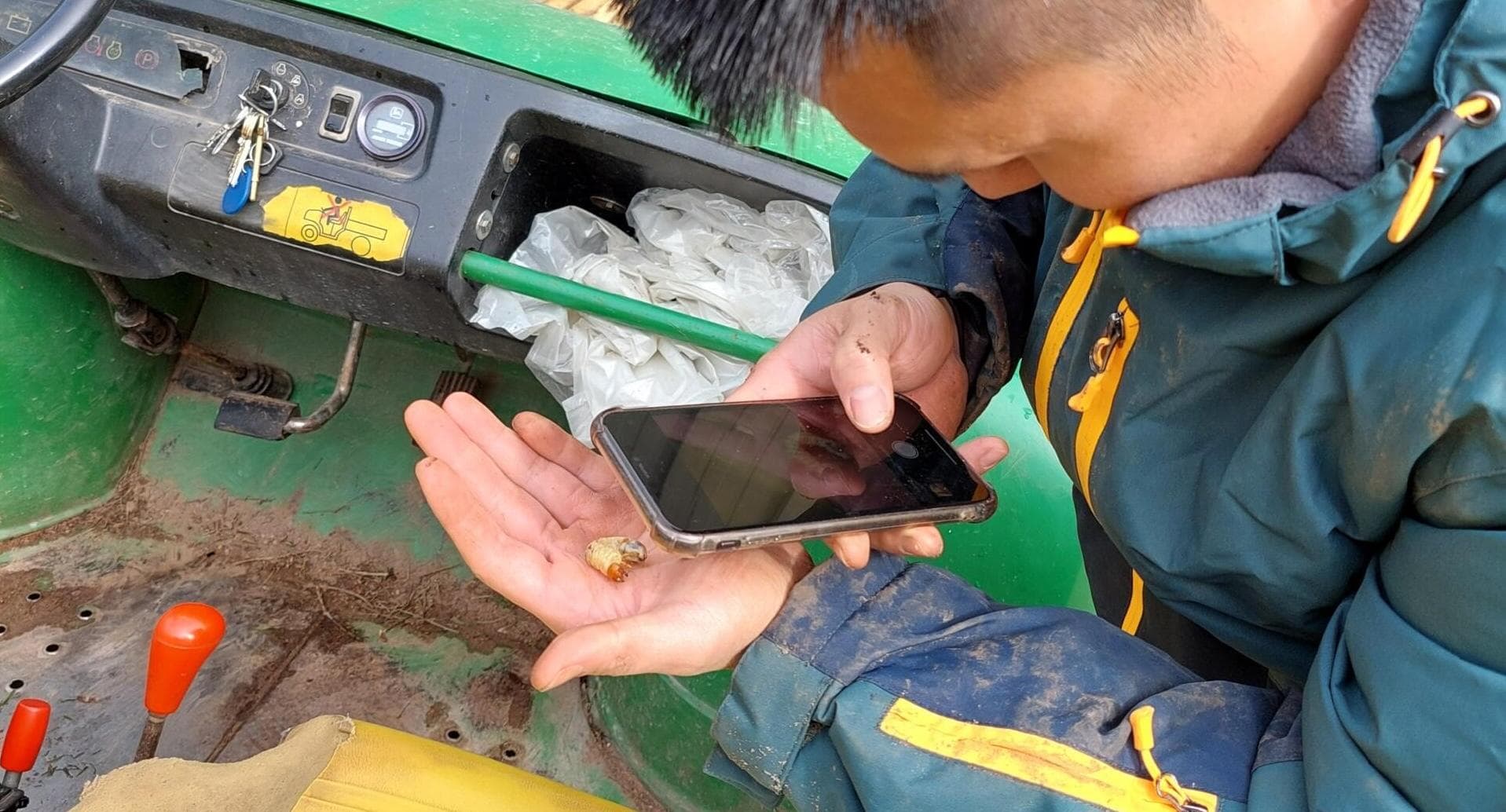This month has been dominated by conversations about Acelepryn.
Acelepryn Timings
Our advice is to apply at peak flight so you're getting the very best out of it. However the peak flight window isn't overly critical, a couple of weeks either side will make no difference. What we are trying to avoid is people applying really early or really late.
We are still establishing exactly what's going on with this pest. Whilst they are making their presence felt year round there is definitely a peak to their hatching pattern.
Last year it was in the last week of September and this year is showing a similar trend. As I speak now (14.01 at 30/9/20 or 3 days into week 40) we've had around 80 sightings reported this week compared to 108 in the same week last year.

With a community science projects like this extracting super accurate data isn't really possible, year on year trends will build and on the back of that we'll be able to create better models to manage the Crane Fly challenge.
Loads of acelepryn application advice here......
Wetting agents and Acelepryn
We've done some trial work and they showed no added value and nothing detrimental. We will continue to work on it and feedback any additional data.
I wouldn't add any myself - you're trying to target the area that the juvenile insects will be feeding - that's in the thatch. Assuming the surface isn't hydrophobic the product should move there pretty easily. It'll work it's way deeper with time but now they are close to the surface.
Anthracnose is rumbling on
Early September proved challenging again to manage anthracnose. This is becoming a regular occurance and is particularly difficult to manage because a lot of the operations people rely on to create great putting surfaces all contribute towards a decent environment for the disease to take hold.
The damage is done in the build up, whilst this is a hard conversation to have as people are often looking for a solution now. I often end up talking about their management practices running into the disease event rather than a solution.
However an application of fungicide will stop the spread into uninfected plants but by the time you've seen the disease there is usually other plants infected.
My anthracnose advice
Short Term - if you've seen it and you're tempted to use a fungicide - do it early, don't wait. It won't stop it but it will ring fence the uninfected plants. (if you're unsure - you can always leave an untreated control plot to gauge how effective it was).
Mid Term - Take a look at this series that ICL put together........
Long Term - have a hard look at your maintenance practices during the build up to that disease period. If it's an annual problem you either need to adjust you're maintenance plan, get in earlier with a fungicide or accept it.
Check this Anthracnose blog out......
When do I start Fuz programme
Always feels too early to be answering this one. Preventative is always more effective than curative. That's not a month in advance but two days before you can see it. An impossible challenge I know but that's the skill of the Greenkeeper, know your site, watch the weather and know where you'll see it first.
It's always tempting to wait - you have to play that game.
Wait knowing it would have been slightly more effective if you'd applied yesterday but if you apply today that's more effective than applying tomorrow.
Key points for starting your programme here:
- Check historic records to see when you have previously started
- Look at the Greencast tools to look at historic disease pressure
- Don’t wait for it to get on top of you – start early. Preventative applications of fungicide will always be more effective
- Watch the weather – damp cool periods with no wind are periods you’ll need cover
Here’s a blog I put together last year on when to start….
Watch out for blogs on this subject over the next few weeks.
Watering during Fuz pressure - what time?
Looking out the window this question seems a long time ago.
During early September we had a very dry period in some areas and some Fuz pressure floating about. A few asked - Should I water evening or morning?
Watering at this time of the year, if your soil moisture levels are super low will keep the plant healthier and better placed to resist disease. So if it needs it water it.
If I could get away with hand watering I'd do that, picking up only the areas that need water. Probably during the middle of the day so the leaf drys quickly. Moisture is a big driver of Fuz.
Overhead Irrigation timing? Honestly - I don't know.
If you have too, I'd suggest not lengthening the period the leaf is wet for at either end of the day.
Middle of the night for me is the safest bet - but I'm happy to be corrected on this one.
Nozzle housings
As we enter the period of the year when people think about more regular fungicide applications it appears nozzles housings have been on the agenda again.
This ones got it own blog.......
Fingers crossed for a kind October.




